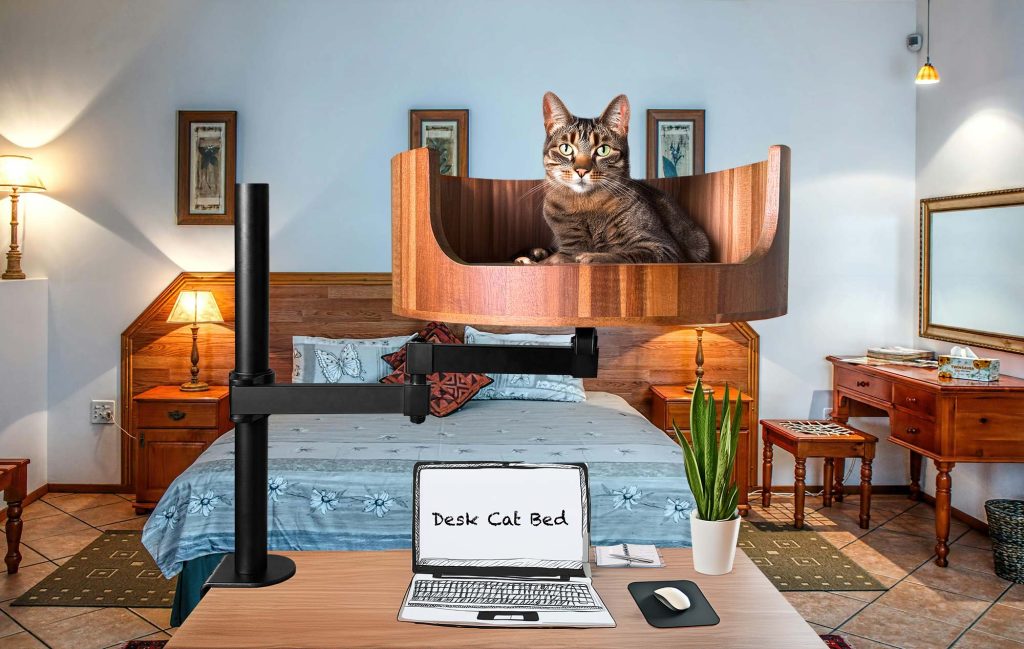Have you ever experienced the confusing behavior of a cat licking you affectionately, only to suddenly switch gears and bite you? This common occurrence leaves many cat owners scratching their heads in bewilderment. In this article, we will delve into the fascinating world of feline behavior to uncover the reasons behind this perplexing conduct.
Understanding why cats lick and then bite can shed light on their complex communication techniques and social interactions. By decoding this behavior, we can gain valuable insights into our feline friends’ feelings and intentions. From playful teasing to asserting dominance, there are various reasons why cats exhibit this puzzling behavior. By exploring these motivations, we can deepen our bond with our cats and learn how to navigate their subtle cues more effectively. Join us on a journey into the intricacies of feline behavior as we unravel the mystery behind why cats lick you, then bite you.
1. Cats may lick and then bite as a form of play or communication.
2. This behavior could indicate overstimulation or a desire for space.
3. Understanding a cat’s body language can help decipher their intentions.
4. Providing appropriate outlets for energy and play can reduce the likelihood of biting.
5. Consulting with a veterinarian or animal behaviorist can offer further insight into your cat’s specific behavior.
Understanding Cat Behavior
Cats are complex animals with a range of behaviors that can be confusing for their human companions. Understanding why cats lick you then bite you requires knowledge of their natural instincts and social habits. Cats communicate through grooming and touching, using these actions to establish boundaries, show affection, or express discomfort.
Instinctual Behavior
Licking followed by biting is a common behavior seen in kittens as they learn to socialize with their littermates and mother. This behavior is rooted in their instinct to play and establish dominance within their group. As cats grow older, this behavior can translate into how they interact with humans, especially when they feel comfortable and trust their human companions.
Expressing Affection
For some cats, licking followed by biting can be a sign of affection. Cats use grooming as a way to bond with their human companions, similar to how they groom other cats in their social group. By biting gently after licking, cats may be showing their contentment and desire to be close to their humans.
Setting Boundaries
On the other hand, some cats may lick you then bite you as a way of setting boundaries. Cats have a clear sense of personal space and may use grooming followed by biting to signal when they’ve had enough interaction. This behavior can be a way for cats to communicate their discomfort or need for space without resorting to aggressive actions.
Handling Aggression
In rare cases, licking followed by biting can be a sign of aggression in cats. If your cat’s behavior escalates to more aggressive biting or scratching, it’s important to address the underlying cause of their behavior. This could be due to fear, pain, or stress, and may require professional help to address and modify their behavior.
Conclusion
Understanding why cats lick you then bite you requires a deep understanding of feline behavior and communication. By observing your cat’s body language, vocalizations, and overall behavior, you can better interpret their intentions behind this common behavior. Building a strong bond with your cat based on trust and understanding can help foster a positive relationship and minimize any unwanted behaviors.
Frequently Asked Questions
Why do cats lick you then bite you?
Cats may lick you as a sign of affection, similar to how they groom other cats in their social group. However, the biting that follows may indicate overstimulation or a play behavior. Some cats may also use biting as a way to communicate that they are done with the interaction.
Is it normal for my cat to lick me then bite me?
Yes, it is normal for some cats to exhibit this behavior. It is important to pay attention to your cat’s body language and signals to understand their intentions. If the biting becomes too rough or frequent, it may be helpful to redirect their behavior with toys or training.
How can I prevent my cat from licking and then biting me?
One way to discourage this behavior is to provide alternative outlets for your cat’s energy, such as interactive toys or scratching posts. Additionally, paying attention to your cat’s body language and stopping interactions before they escalate may help prevent the licking and biting cycle.
In conclusion, if you are dealing with a cat that exhibits the common behavior of licking you and then biting you, investing in a Desk Cat Bed could be the solution you are looking for. Providing your cat with a comfortable and secure space to relax and feel safe can help alleviate their stress and reduce negative behaviors like aggressive licking and biting. The Desk Cat Bed offers a cozy spot for your feline friend to retreat to, giving them a designated area to rest and unwind. By incorporating this product into your home, you can foster a harmonious environment for both you and your cat, leading to a happier and healthier relationship.


